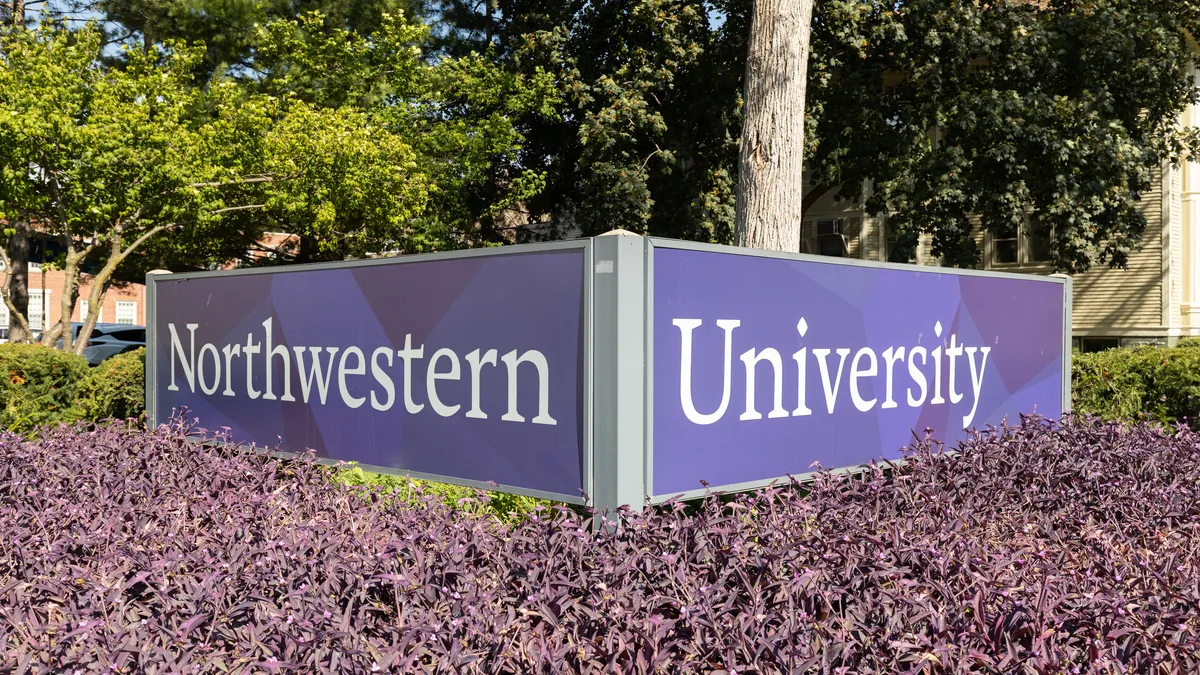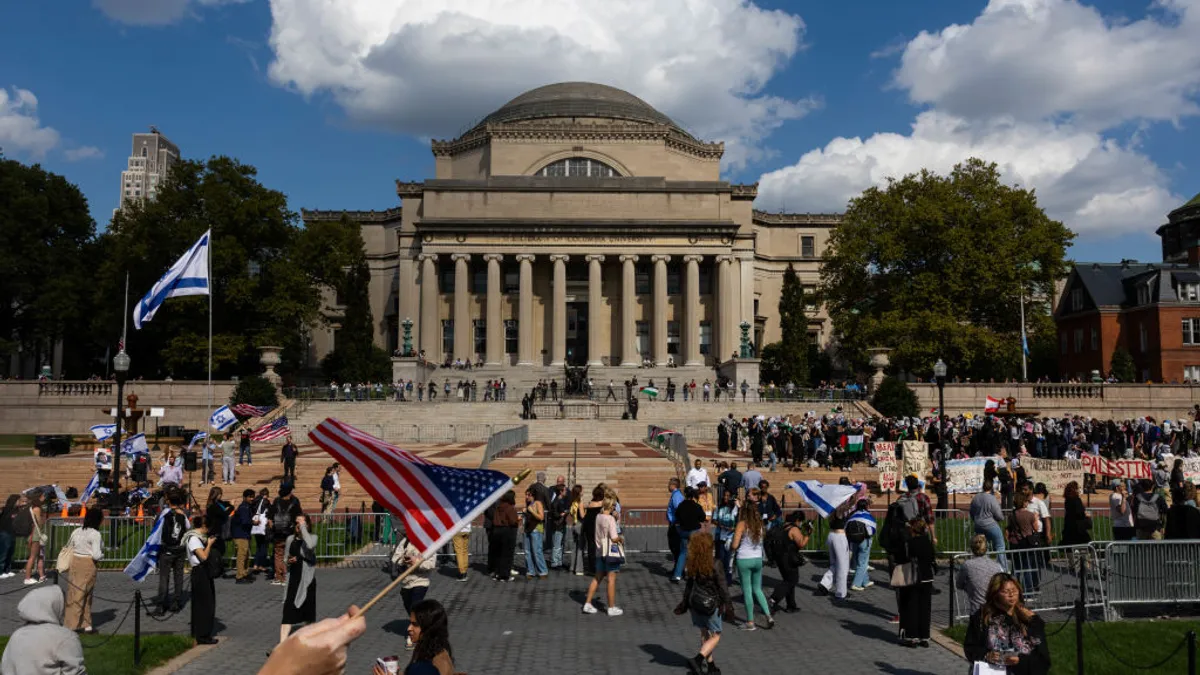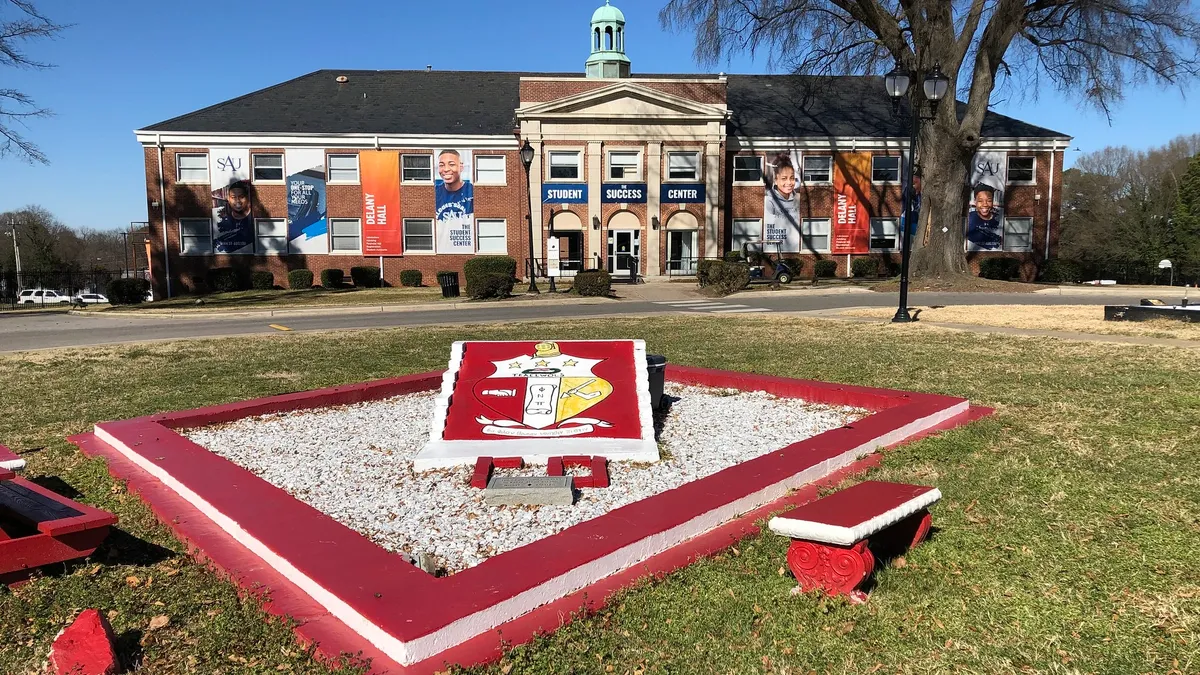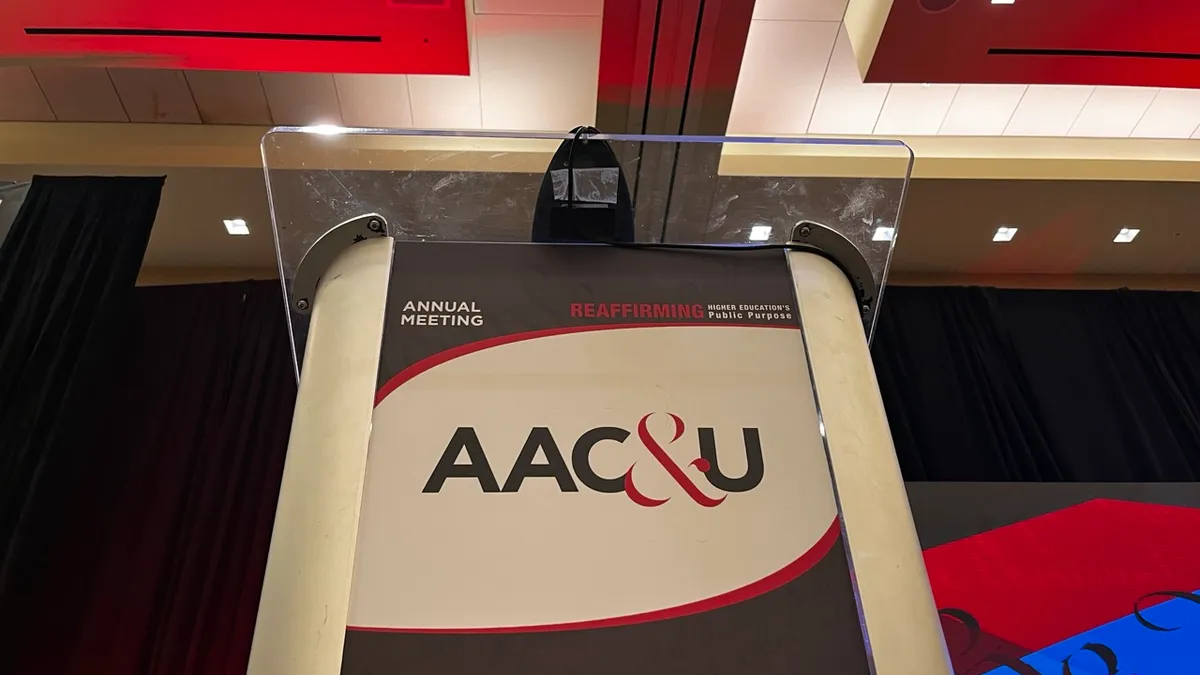Judith Wilde is research professor and James Finkelstein is professor emeritus in the Schar School of Policy and Government at George Mason University.
Tenure is, once again, under assault.
A lieutenant governor, members of state legislatures, and even state governing boards across the country have proposed everything from the actual end of tenure to what amounts to its elimination. While most of these proposals have been made by Republicans, a Democrat in Hawaii who chairs the state Senate's higher education committee recently introduced a bill intended to alter tenure fundamentally.
In Texas, the lieutenant governor has vowed to end tenure for new hires at public colleges in an attempt to stop the teaching of critical race theory. In Florida, the legislature just passed one new law to close presidential searches and another that would allow the Board of Governors to require faculty members to undergo post-tenure review every five years.
This year, lawmakers introduced the Cancelling Professor Tenure Act in South Carolina. And, for the first time since 1978, the American Association of University Professors censured an entire university system, Georgia's, "for the unilateral action of its administration and governing board to remove the protections of tenure and academic freedom from the system's post-tenure review policy."
But few if any have been raising concerns about granting tenure to one group: university presidents. Most contracts for public university presidents provide retreat rights unless they are terminated for cause. These allow someone to return to a tenured faculty position at the end of their presidential appointment. This is a benefit unique to higher education, one that can be of significant value to the individual and, as we've discovered in our research, potentially very costly to the institution.
Until just recently, the California State University system operated an executive transition program. According to the Los Angeles Times, former executives could claim full benefits including medical and vacation benefits. Their salaries accrued toward their pensions, and most were guaranteed lifetime faculty positions, or tenure.
In other instances, the terms of these retreat rights are spelled out in individual contracts, describing what will happen several years in advance. Typically, these include identifying the academic unit or units where the president will hold the tenured appointment, the compensation to be received, and the perks that will accompany the faculty position, often including an assistant, discretionary funds, a reduced teaching load and more.
However, other aspects of this "right" should be considered as well. According to the AAUP, "The principal purpose of tenure is to safeguard academic freedom, which is necessary for all who teach and conduct research in higher education." This led us to wonder about the scholarly productivity of presidents.
Using Google Scholar, we reviewed the publication records for the 50 presidents of public flagship universities. We recognize this is an imperfect dataset, albeit one that is widely used to assess scholarly productivity and reputation. For example, for a profile to be valid, the individual must claim it with a verified email. Additionally, as there may be multiple individuals with the same name, they also must curate the listed publications to exclude those that are not their own, as well as those that are not in scholarly publications. With those caveats, here's what we found.
Of the 50 public flagship university presidents, only 17 had Google Scholar profiles. (There were two individuals with the names of presidents who did not have verified email addresses but did have publications listed in Google Scholar. Based on the nature of the publications, we assumed that these were university presidents.)
We looked at their h-index scores, which measure an author's publications and the number of times they have been cited; it often is used as a proxy for scholarly reputation and productivity. Their all-time h-scores varied from a low of 16 to a high of 96. We compared the all-time h-scores to their scores since 2017, which varied from 9 to 58. In each case, the recent score went down, with the decline varying from 14% to 80%. Both the mean and median declines were nearly 50%. On this one measure, it would appear that most of these presidents have not been particularly active scholars.
We also looked at the number of publications attributed to each president since 2017. Only 14 of the presidents had any such publications listed in Google Scholar. Of these, eight had five or fewer publications; three presidents had eight to 16 publications; and three had more than 50 publications. Looking at continuous scholarship, only six of these presidents have averaged more than one publication per year since 2017.
While we do not have any data on teaching, based on our studies of presidential contracts over more than a decade, we have seen very few requirements that they teach while serving as president. In fact, we have seen some contracts that explicitly exempt presidents from teaching at all, even when they return to the faculty.
This leads us to wonder what "academic freedom" governing boards are protecting by giving their presidents tenure.
Beyond stretching the stated purpose of tenure, it is also important to note the costs associated with this well-established practice. These future liabilities can be substantial. In our most recent study of compensation for this group of presidents, we found their average base compensation was just over $600,000. If they have a typical contract that sets their post-presidential salary at 75% of this base, their retreat rights would be worth a minimum of $450,000 per year. If they stay for 10 years after stepping down, that's a future commitment well in excess of $6.5 million, including raises and benefits.
Combined, we have been academic administrators for 35 years — as assistant dean, associate dean, senior associate dean, vice dean and executive director. While in these roles, we each taught at least one course a year, were principal investigators on grants, presented papers at annual professional meetings, published articles, and served as journal editor and reviewer. We both have earned doctorates and held the rank of full professor. Yet, neither of us ever held tenure.
We acknowledge our careers are atypical. We rose through the administrative ranks without first having been tenure-line faculty. So, when we stepped down from our respective administrative positions, we did not have retreat rights into tenured faculty positions.
Many presidents have been away from their disciplines for several years — no research, no publications, no teaching — when they return to tenured faculty positions. Even when provided with a sabbatical to prepare for returning to the faculty, we wonder if a president who was a faculty member in computer science a decade ago really is prepared to teach students the most up-to-date aspects of the field? Would it be realistic for a president who was a biomedical scientist, but has not had a National Institutes of Health grant in more than 15 years, to break back into the world of hyper-competitive grants? Are they really likely to start publishing again in peer-reviewed journals if their last article was more than a dozen years ago?
Many, if not most presidents, earned their tenure as faculty members. But somewhere along the way, they made a choice to become administrators. In doing so, they knew they were trading the life of a faculty member for endless meetings, meals and a lot more money.
Yet somehow, they and their governing boards believe that is not enough. We are not so sure.





















